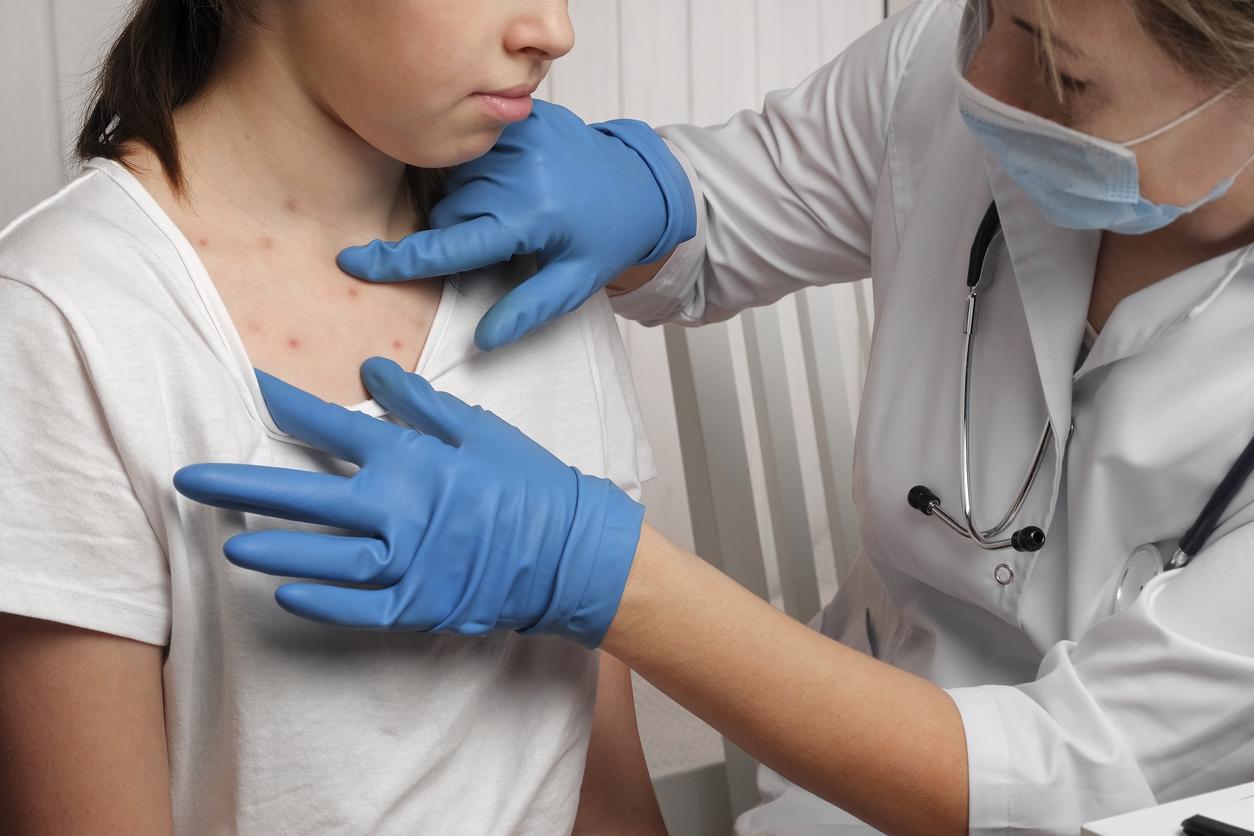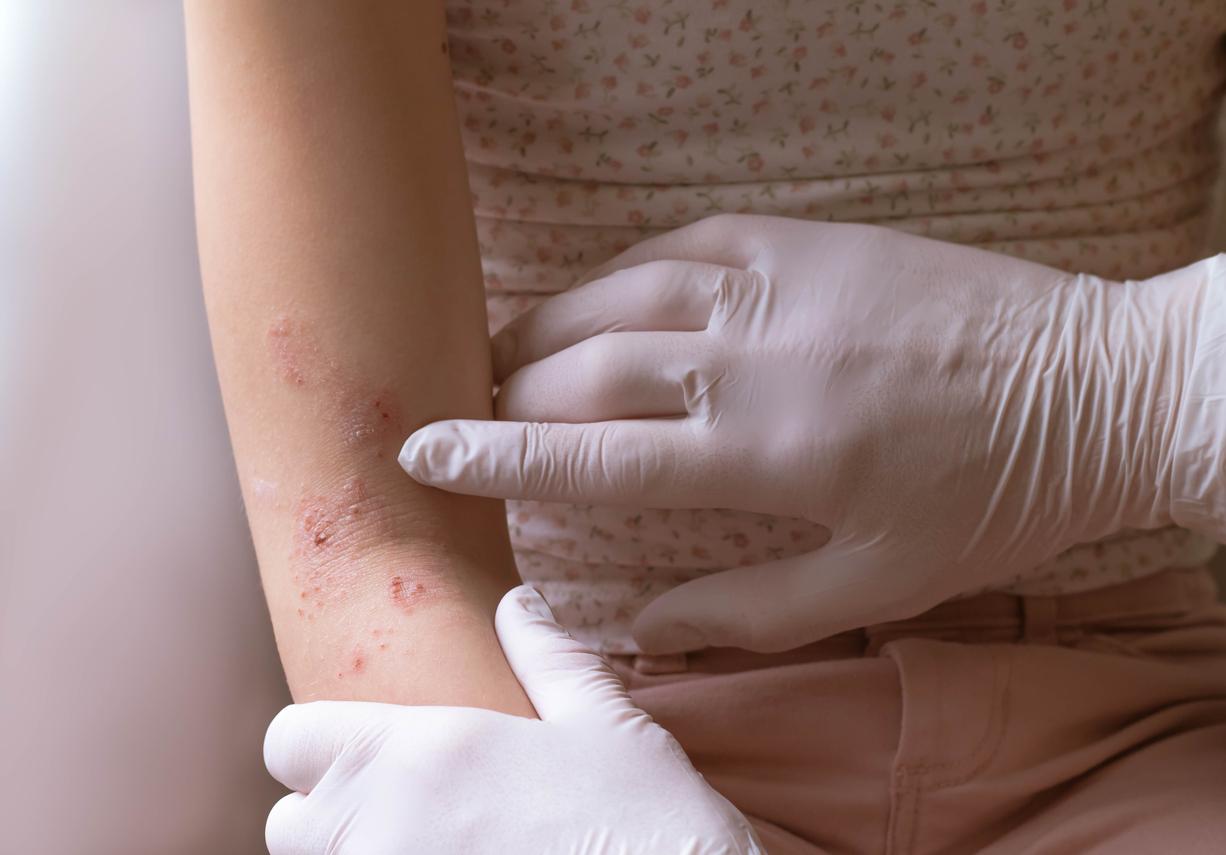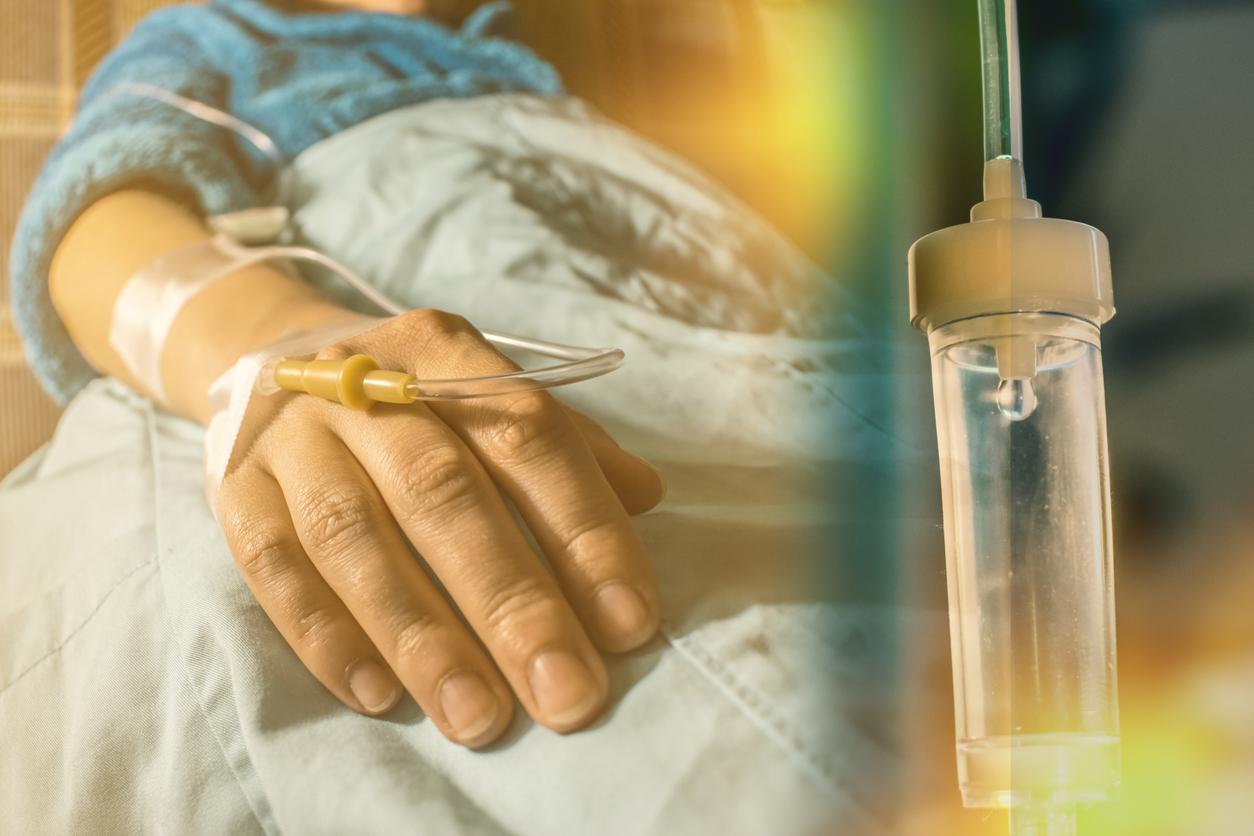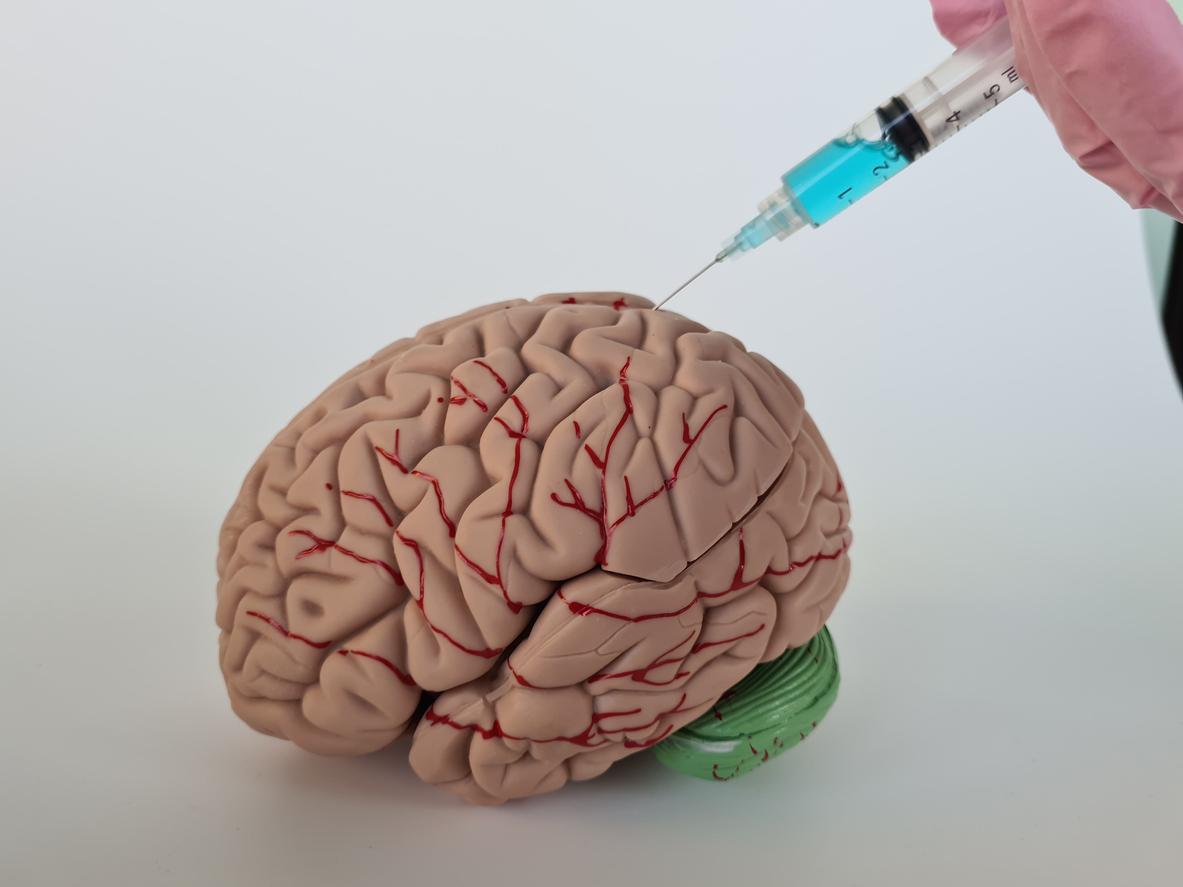“The new treatments for eczema (or atopic dermatitis) are really interesting,” according to dermatologist Marie Jachiet.
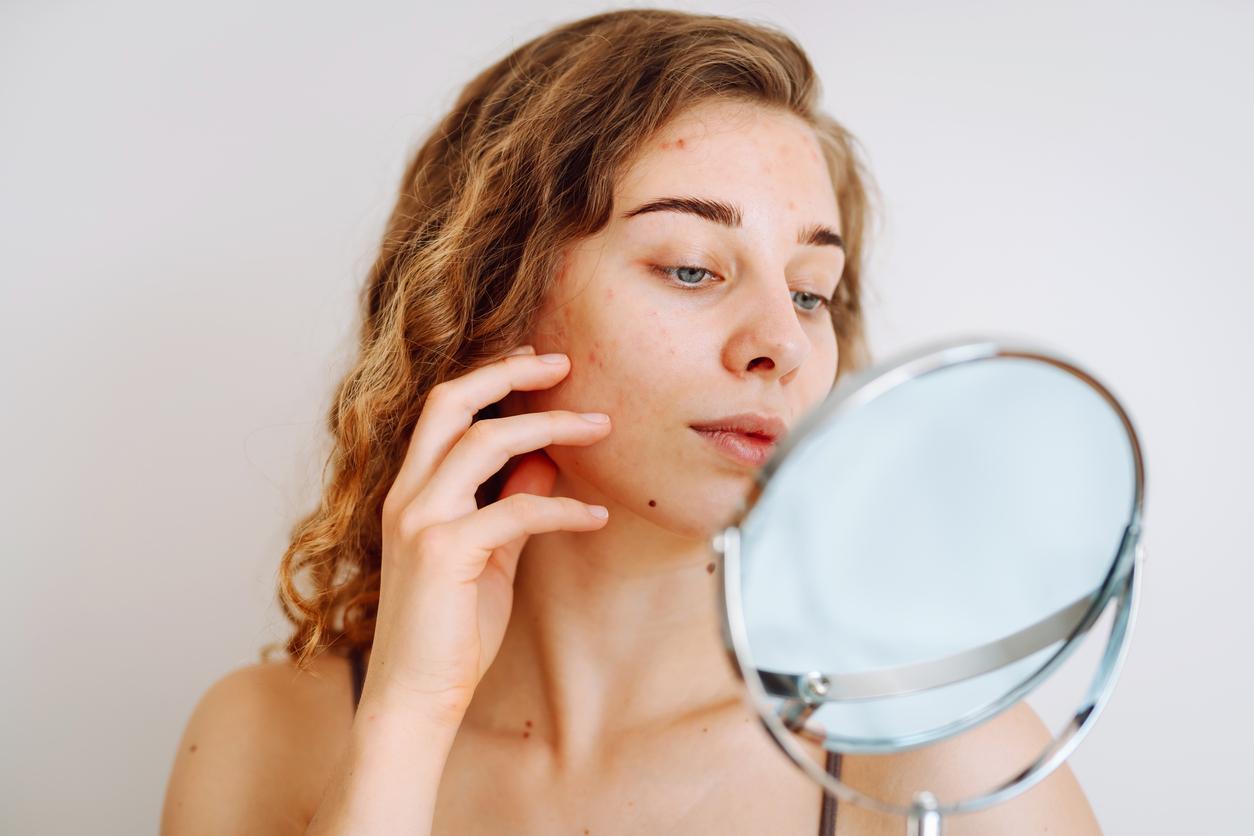
- Eczema affects between 4 and 5% of the French population and often begins in childhood.
- During a press conference, Doctor Marie Jachiet, dermatologist at Saint-Louis hospital, presented the new treatments available to combat eczema (also called “atopic dermatitis”).
- “In the event of failure, intolerance or contraindication to cyclosporin, new targeted treatments based on biotherapies or anti-JAK (Janus-Kinase) drugs can now be used,” explained the doctor.
“New treatments recently brought to market have transformed the management and prognosis of moderate and severe forms of atopic dermatitis.” During a press conference, Doctor Marie Jachiet, dermatologist at Saint-Louis hospital, presented the new treatments available to fight eczema (also called “atopic dermatitis”).
Eczema: what are the traditional treatments?
The treatment of eczema is primarily based on local care, that is to say topical corticosteroids in the event of flare-ups and emollients to apply to the body to restore the skin barrier. “When local treatment is carried out well, it generally makes it possible to control atopic dermatitis in mild forms,” explains Marie Jachiet.
If, despite well-conducted local care, the disease remains severe and active, other disease-modifying medications may be necessary. “The systemic treatment of eczema in France is based on cyclosporin. This immunosuppressive drug has marketing authorization for atopic dermatitis in adults in the event of failure of topical treatments”, continues the dermatologist. “However, cyclosporine can only be prescribed for a limited time. Its effectiveness is often rapid but the safety profile is generally limiting, with a risk of infections, renal failure, hypertension, paresthesias, digestive disorders, hirsutism, etc…”, she specifies.
Eczema: focus on the new treatments available
Faced with the limits and side effects of traditional treatments for eczema, new therapies have just emerged. “In the event of failure, intolerance or contraindication to cyclosporin, new targeted treatments based on biotherapies or anti-JAK (Janus-Kinase) drugs can now be used,” explains the doctor.
Two biotherapies have thus received marketing authorization for atopic dermatitis: dupilumab and tralokinumab. “These drugs are administered subcutaneously every 14 days with a good tolerance profile,” welcomes Marie Jachiet.
Concerning anti-JAK, three new molecules can now be applied: baricitinib, upadacitinib and abrocitinib. “Anti-JAKs are medications administered orally and a pre-therapeutic biological assessment is necessary before their prescription,” specifies the doctor. Be careful though: “An increased risk of cardiovascular diseases, thromboembolic diseases and cancers in patients at risk has been described with anti-JAK drugs. Also, these drugs must be used only in the absence of a therapeutic alternative and with precautions, especially among those over 65 years old. warned the doctor.
“The results obtained with these new treatments in severe forms of atopic dermatitis are really interesting. Between 60 and 70% of my patients receiving these molecules do significantly better, with more than 75% improvement in EASI score (eczema area severity index)“, she concludes.
“There are several forms of eczema”
Atopic dermatitis is a chronic inflammatory disease. It affects between 4 and 5% of the French population and often begins in childhood. It can be associated with other pathologies such as asthma, allergic rhinitis, allergic conjunctivitis or even food allergies.
Eczema is characterized by itching and inflammatory/erythematous patches. The lesions can be diffuse or localized in the folds of the body (elbows, knees, wrists, etc.).
There are several forms of eczema. For 60% of affected people, atopic dermatitis is mild with little impact on quality of life. 30% of patients have a moderate form requiring regular treatment and 10% suffer from a severe form, which then has a significant impact on sleep and on all spheres of life (professional life, sexual life, couple life). , etc).
Atomic dermatitis is multifactorial. It is due in particular to an alteration of the epidermal barrier as well as an abnormal stimulation of the immune system linked to genetic and environmental factors.











